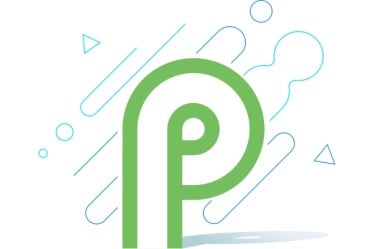Google on Wednesday released the first developer preview of its next Android edition called Android P until it gets an official name later this year. The Android P Developer Preview 1 is a baseline edition of Android for developers who will discover bugs and irregularities and notify Google. The first developer preview is now available to download for developers, however, if you are an enthusiast who wants to try it, you can get it too after registering yourself as a developer with Google.
The Android P is the successor to the Android Oreo version that is slowly gaining adoption among the Android smartphones. Android P Developer Preview 1 doesn’t reveal many features, however, Google has detailed some significant upgrades over Android Oreo in its Developer’s blog post. These features will make the developers create their apps for future Android devices. While there aren’t really superficial features provided by Google for Android P as of now, several under-the-hood updates have been highlighted.
The eligible smartphone for Android P Developer Preview 1 are Pixel 2 XL, Pixel 2, Pixel XL, and Pixel. Google said that the developer preview of Android P won’t be supported on older devices including Nexus 6P and Nexus 5X. The developers will have to download the ROM from the website and flash their devices with the system image.
Android P will come with built-in support for notches on smartphones. Once regarded as ugly and unwanted, the notch sitting on the top of iPhone X is increasingly become trendier as other mobile companies are adopting it. The developers will be able to create new API where the app will figure out if a device has a notch on the top along with its dimensions to request a full-screen interface. Google hasn’t said much about this feature but we will start receiving hands-on details after developers try it on the Android devices with the notch (Asus ZenFone 5Z).
Moreover, there are new notification improvements in Android P, especially for the messaging apps that will give developers more control over how they want the notifications to behave and look like. The notifications from messaging apps can be equipped with new API to attach photos, stickers, and smart replies. In addition, the autofill feature from Android Oreo is getting improvements in Android P. The Android Autofill Framework for developers will enable them to work with the apps that don’t support Autofill yet. Google has also improved battery and power-saving features on Android P.
One of the highlighted features of Android P is upgraded privacy. Android P will offer more control to the users over the access of microphone, camera, and sensors by third-party apps. This is currently experimental but Google says that it will introduce Android encryption for backups with a client-side key that will make it harder to track a device. The Android P also support HDR VP9 Profile 2 for HDR-enabled devices to work with the adequate hardware in sync.
